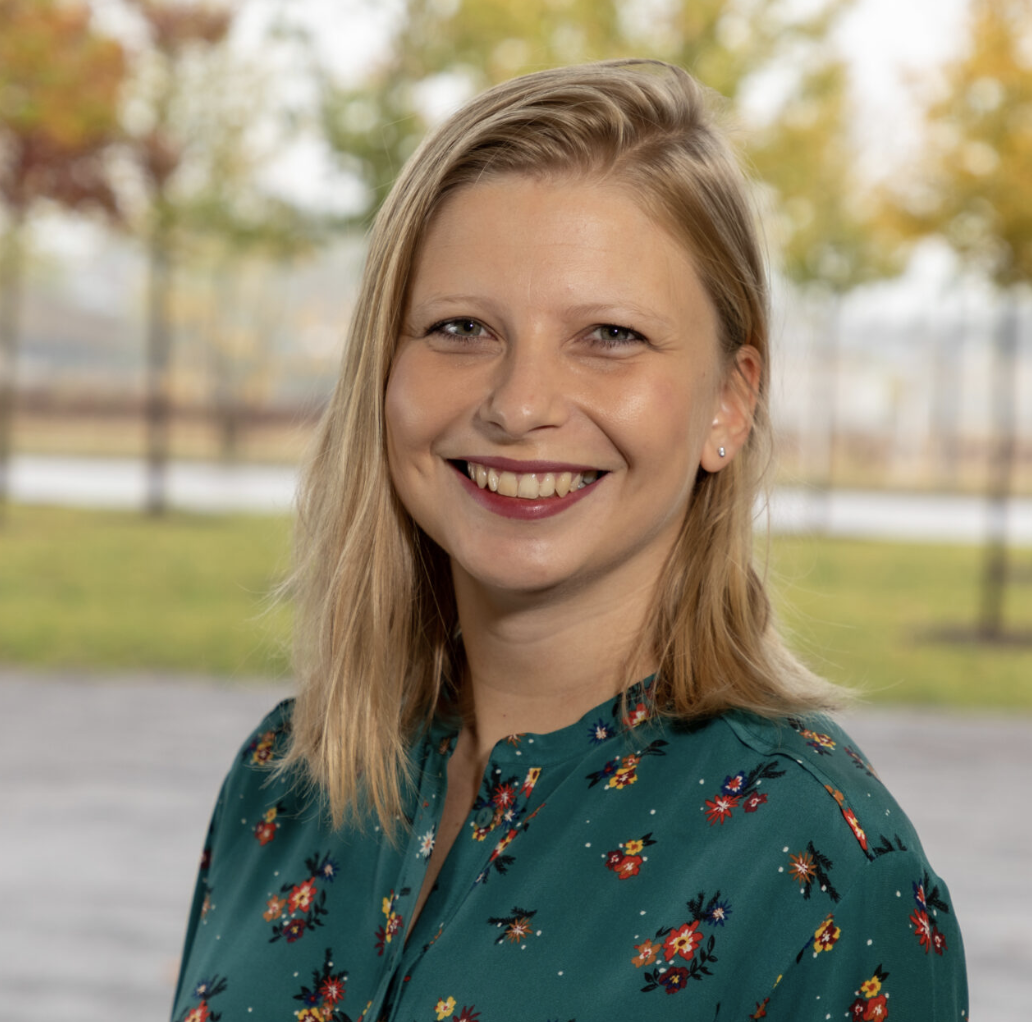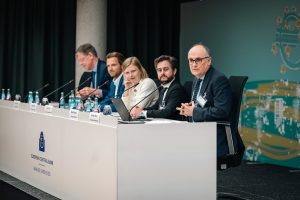An interview with Diane Pierret on her experience as a female academic in the field of finance
Diane Pierret, assistant professor within our Department of Finance, has just returned from the 4th WE_ARE_IN Macroeconomics and Finance Conference organised by the Centre for Economic Policy Research (CEPR) where she participated as a discussant on Elena Carletti, Vasso Ioannidou and coauthors’ paper “Corporate Runs and Credit (Re)allocation”. The two-day academic conference which took place from 16 to 17 September at the Banco de España in Madrid, Spain was unique for one surprising reason, all participants were women.
We spoke to Diane about her experience as a female researcher in finance, and why conferences like WE_ARE_IN are an important part of creating a more diverse community.
Why do you think that historically finance has been such a male dominated field ?
That’s a very good question and I don’t want to speculate but it’s true that finance is the worst field among the subfields of economics when it comes to gender balance. It could be a first-mover effect, with the earliest researchers coming from the already male-dominated industy-side. It is very rare to see a finance department with even 20% of female professors. Here at the University of Luxembourg, there are three of us and it’s the first time in my career that I’ve been in a department with so many other women. There is also the problem that the female members hold more junior roles, with less decision-making power. This creates barriers to change.
I’m also a member of AFFECT (Academic Female Finance Committee of the American Finance Association) and some of their statistics are quite eye-opening: in 2023, a finance department counts on average 22% of female professors in the U.S. The statistics get worse when looking at top-50 departments (18%), and tenured faculty (12%).
Given the situation that you’ve just described, why are conferences such as WE_ARE_IN so important for female academics in finance?
As a woman starting out in the field, I did not have many role models that looked like me. For example, all of my supervisors were male. When I started out as an assistant professor, it took me a while to find my teaching style, my presenting style. It wasn’t enough to just imitate the other (male) professors. In fact, at the beginning I found that as a woman, I needed to put more effort into teaching and showing students why the material was worthwhile. I needed to establish my credibility in ways that male professors didn’t have to. On one occaision, some students came to me and asked me to prove some of the math that I was teaching, just to check if I could do it.
Women need the chance to develop a community outside of their own academic departments. They need to be able to share experiences, like the one I mentioned above, and realise they are not alone in facing such challenges. At female-only conferences, we can find role models, mentors as well as like-minded peers. People that will build you up instead of dismissing you.
‟ My advice to young female academics: just keep doing
research”

Assistant Professor
What advice would you give to young women who would like to pursue an academic career in finance ?
First, it’s very important that find your passion. If you are not passionate about what you are doing or about your field of research, it’s not worth continuing. A career in academia is very demanding on your personal life and you’ll need to channel your passion into motivation and drive in order to succeed. Don’t let anyone or anything stand between you and your goals. Just get busy with doing what you love and don’t think about the rest.
I remember Taylor Swift’s acceptance speech for the Billboard’s Woman of the Decade Award. She said “…the difference between those who can continue to create in that climate usually comes down to this. Who lets that scrutiny break them and who just keeps making art.”
So, my advice to young female academics: “just keep doing research”.
The full replay of the WE_ARE_IN conference, as well as the programme, can be found on the CEPR website.
Photo: European Central Bank
